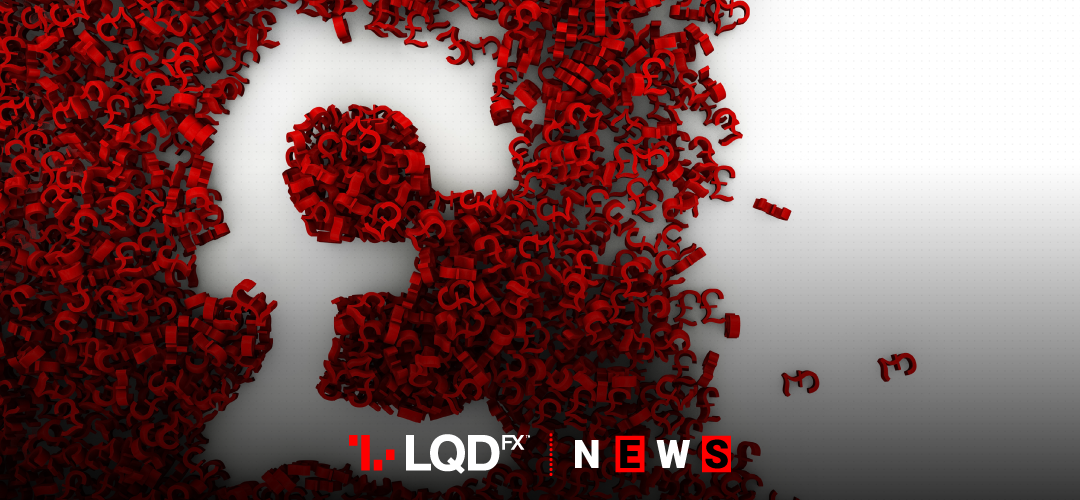27-month low for the pound against the dollar a new six-month lows versus the euro extended losses for the British currency.
The two candidates to be Britain’s next prime minister vied to outgun each other on taking a harder Brexit stance. Their positions appear to be leading markets to price a sharply higher risk of Brexit on October 31 without any transition trading agreements in place. That would potentially force the Bank of England to cut interest rates to stave off economic catastrophe.
Sterling which already fell 0.5% on Monday is now headed for its biggest one-day fall since March.
Boris Johnson and his rival to be Conservative Party leader, Jeremy Hunt, said late on Monday they would not accept the so-called Northern Irish backstop element of Theresa May’s Brexit deal. Both are trying to appeal to the majority of the Tory party members who are keen to make a clean break with the EU.
The backstop is one of Brussels’ principal demands in Brexit negotiations. EU designed this to prevent the return of a hard border between EU-member Ireland and British province Northern Ireland. If implemented, the U.K. would follow many EU rules until arrangements are made to avert a hard border.
The British currency weakened 0.8% on Tuesday to $1.2409, a 27-month low, mirroring the “flash crash” on Jan. 3. The weakness extended even after employment data showed average weekly earnings unexpectedly rose 3.4% year-on-year in the three-months to May. Yet, the labour market strength is widely attributed to employers hiring workers who they can later lay off if needed.
Money markets are now pricing a roughly 50% chance of a BOE rate cut by end-year. Also, despite the clock ticking down to October, most investors believe a deal will eventually be reached.
START TRADINGForex – 27-month low for pound on harder Brexit stance
Foreign exchange markets have been notably quiet in recent weeks, with investors remaining silent ahead of central bank meetings this month. Volatility in the forex market has dropped.
An index that tracks the dollar against a basket of six other major currencies was up 0.2% to 97.099 , a fair way from its June lows of 95.843. Markets expect the Federal Reserve to cut rates later in July. Yet, the dollar has held its own as expectations grow for other central banks to follow suit.
The yen dropped 0.1% to 108.05 yen per dollar. The yen, a safe haven, has often depreciated when investor appetite for buying riskier assets such as U.S. equities has improved.
The New Zealand dollar rose 0.2% to $0.6729, pushed higher by a strong inflation reading.
The Swiss franc as a perceived safe haven has benefited from concerns about the euro zone economy. It rose 0.2%. 1.1059 francs per euro, which was a one-month high and not far from two-year highs of 1.1057 touched in June.
The euro fell on Tuesday after signs of deteriorating sentiment among German investors. However, the prospect of more central bank easing meant another day of small, contained currency moves. The euro weakened 0.2% to $1.1239.
Oil prices steadied on Tuesday after a resumption of production in the Gulf of Mexico after Hurricane Barry. Also, a boom in U.S. supply from shale oil countered tensions in the Middle East weighed. Brent crude futures were up 9 cents at $66.57 a barrel by 1333 GMT. WTI crude futures rose by 13 cents to $59.71 a barrel. The U.S. benchmark hit a session high of $60.02 earlier.
PLEASE NOTE The information above is not investment advice.
Sources: Reuters, Investing, CNN money
